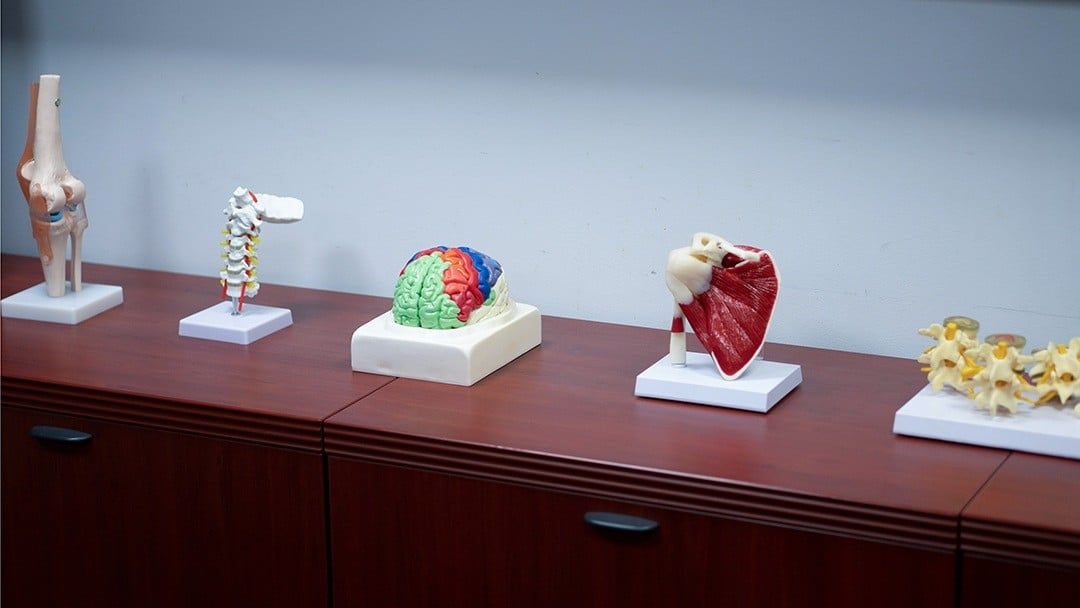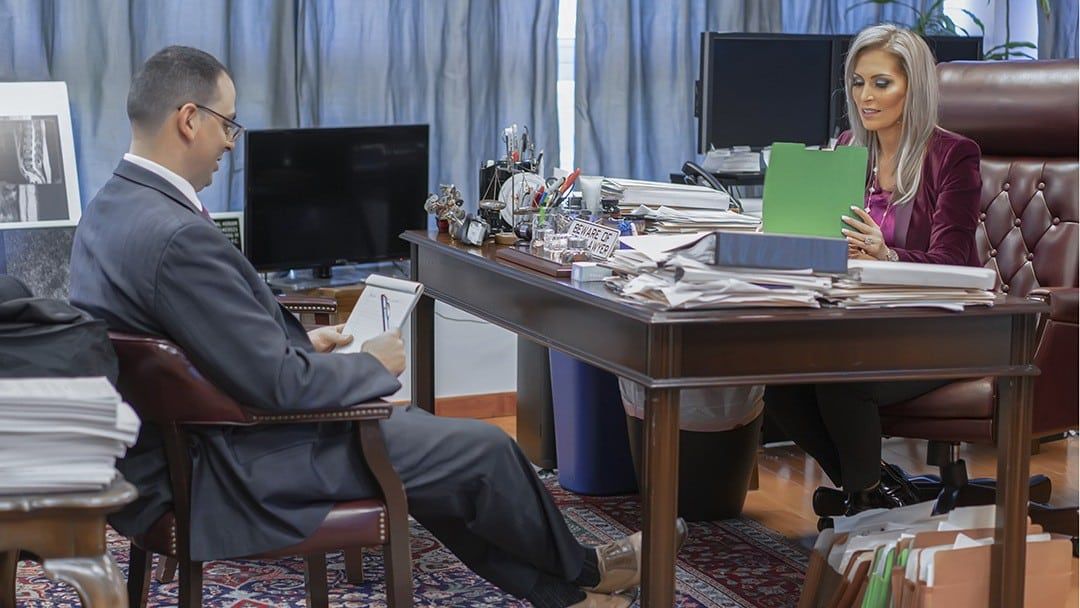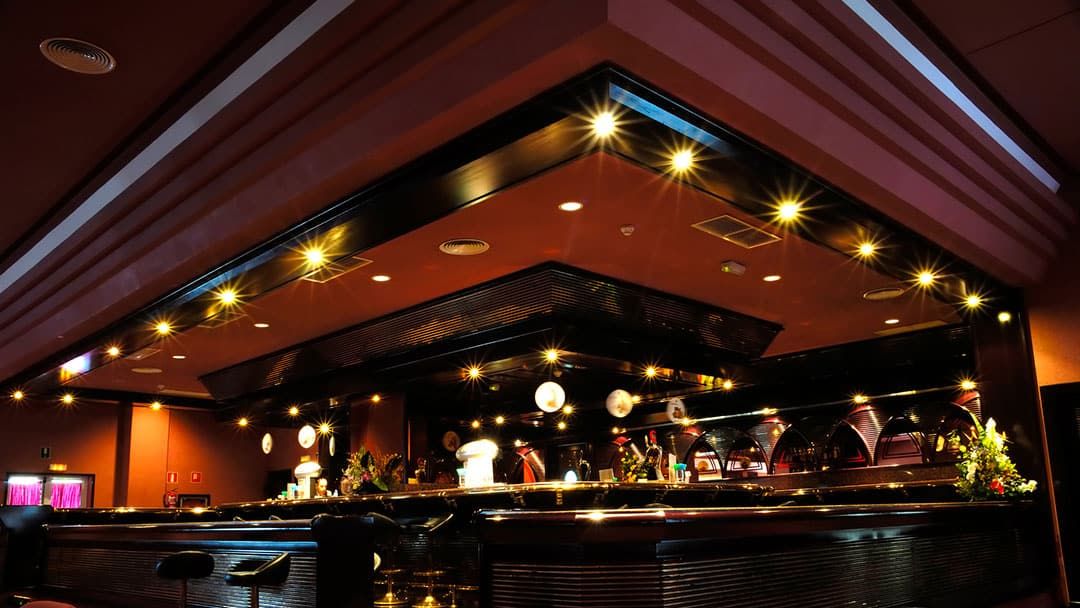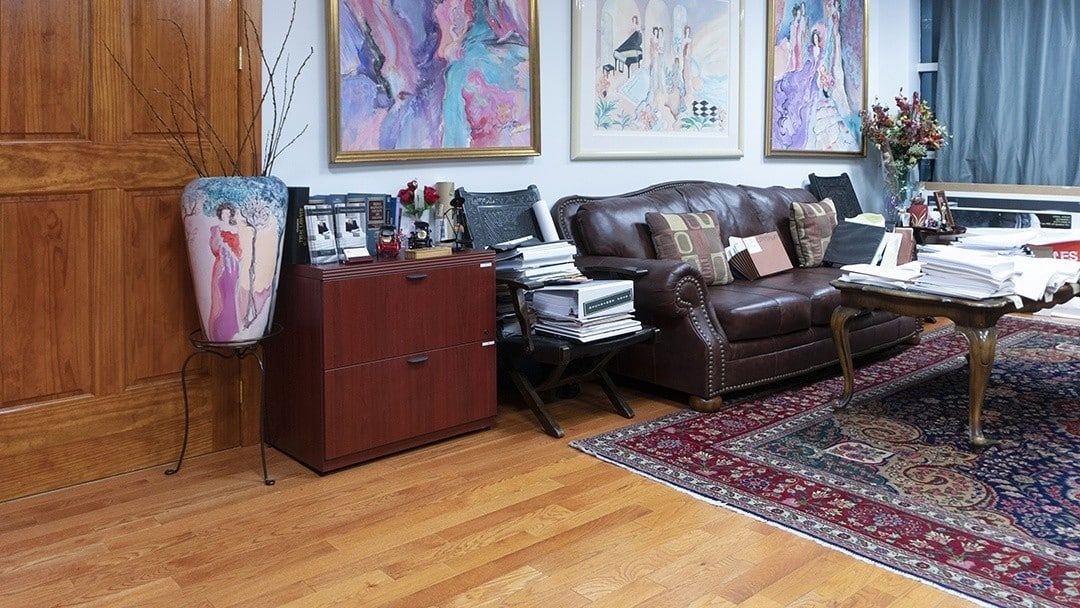Can You Sue When You Fall Through An Unprotected Opening
Have you ever tripped or fallen into an unprotected opening in a sidewalk or other public place?
It’s more common than you’d think, and often, it can result in severe injuries.
In many situations, the law holds property owners responsible for maintaining their premises to prevent such accidents.
But do you know when and how you could sue if this unfortunate incident happened to you?
Is It Possible To File a Lawsuit if You Fall through an Unguarded Opening?
Yes, you can sue if you’ve taken a fall due to someone else’s negligence. However, the liability for a hazardous condition on a public sidewalk will vary depending on the laws in your state and even the property owner’s deed. The local municipality would be held accountable for the slip and fall if the municipality was careless and that negligence directly contributed to the accident.
Cases like these are categorized under premises liability. Premises liability typically comes into play in personal injury cases where some type of unsafe condition caused the injury on someone’s property. The law holds property owners and residents responsible for accidents and common injuries that occur on their property.
Factors Influencing Liability
Determining who’s at fault often hinges on various factors, such as the condition of the area in question and if negligence played a role. For instance, if you have an accident where you fall into an unprotected opening within the sidewalk or public place, it could be due to a dangerous condition not being properly addressed by the property owner. In such instances, you can file a personal injury case to get the compensation for your damages or injuries.
However, it’s important to remember that every situation is unique, and several elements influence whether or not you have grounds for legal action.
Here are three key factors that could impact your potential lawsuit:
- Proof of Negligence: To successfully sue the property owner, you must prove they were negligent – this means showing that they knew (or should’ve known) about the dangerous or unsafe condition but failed to rectify it.
- Direct Cause: The accident must be directly caused by the hazardous situation – in other words, falling into an unprotected hole because you were distracted will likely weaken your claim.
- The Extent of Damages: The amount of monetary compensation depends largely on how severe your injuries are and what kind of medical expenses, lost wages, or other financial losses result from them.
It’s always best to consult with a personal injury lawyer who can help assess these factors and guide you through potentially complex legal proceedings.
Property Owner’s Duty of Care
It’s crucial to understand that property owners aren’t off the hook just because they’re not on-site; they bear a significant duty of care towards anyone who steps onto their premises. This responsibility extends to maintaining public sidewalks that border their properties.
For example, if you stumble and fall because of an unprotected opening or uneven sidewalk that the adjacent property owner hasn’t repaired, you may have grounds to sue. A property owner’s duty of care is built around the idea that those who own land or buildings should ensure these areas are safe for individuals walking on or visiting their premises.
On another note, suppose there’s a broken sidewalk in front of a business establishment, and efforts have yet to be made to either fix it or warn pedestrians about its dangerous condition. If you trip over this broken area and sustain injuries, then under most circumstances, you can file a lawsuit against the business owner for negligence. They failed in their duty of care by not taking reasonable steps to prevent such accidents from happening.
However, keep in mind that local laws vary regarding these matters, so it’s always beneficial to seek legal advice specific to your situation.
Establishing Negligence
Before you can successfully pursue a personal injury claim, you need to establish negligence. This means proving that the property owner knew or should’ve known about the hazardous condition but didn’t do anything to fix it. If your injuries were caused by an unsafe working condition the owner failed to address, they could be held liable.
To strengthen your case, it’s crucial to provide evidence, such as photographs of the dangerous area where you fell or eyewitness testimonies of those who saw the accident. Hiring an experienced attorney will also help establish negligence as they have vast knowledge in dealing with such issues.
Remember, every situation is unique, and what worked for one may not necessarily work for another. However, gathering solid evidence and having an expert by your side increases your chances of winning your personal injury claim.
Pursuing Legal Action
Ready to take the next step and seek justice for your injuries? Pursuing legal action after a slip-and-fall accident can seem daunting, but remember, you have rights as an injured party. You need to understand that it’s not only about getting compensation for your medical bills; it’s also about making sure such incidents are prevented in the future. So, don’t be afraid or feel guilty about taking this action.
- Consult an Attorney: This is crucial when initiating a personal injury claim. An experienced lawyer will help you through the legal process and fight on your behalf.
- Gather Evidence: Documenting everything related to your accident is vital – photographs of the scene, witness testimonials, and medical reports. The more evidence you have, the stronger your case will be.
- File Your Compensation Claim: Your attorney will help you file a lawsuit against those responsible for maintaining the unsafe property where you fell.
- Negotiate Settlement or Go To Trial: Depending on how strong your case is and how willing the other party is to settle, this could lead to negotiations for a settlement or going to trial.
Remember: As an accident victim, pursuing legal action isn’t just about seeking justice but also about ensuring similar accidents don’t happen in the future due to negligence or careless maintenance practices.
Navigate the Legal Process with Daniella Levi & Associates
Navigating the legal process can be tricky, but don’t let that deter you from pursuing your personal injury claim. If you’ve suffered an injury after falling into an unprotected opening, you have the right to sue those responsible.
At Daniella Levi & Associates, we will guide you through all of the legal procedures to ensure you receive justice and compensation for your slip-and-fall ordeal.
As experienced construction accident attorneys, we’re well-versed in dealing with personal injury cases. Especially those resulting from accidents due to unprotected openings within sidewalks or public places.
We understand how devastating such incidents can be for accident victims. That’s why we commit ourselves fully to ensuring you receive the compensation you deserve.
We’ll assist in gathering evidence demonstrating negligence by property owners or managers who failed to uphold safety procedures leading to these unsafe working conditions.
Our seasoned team will build a strong case presenting clear proof that your injuries directly resulted from this negligence. With our experience and legal acumen by your side, rest assured that we’ll fight tirelessly for your rights and won’t settle until justice is served in your favor.
Why You Should Work with a Personal Injury Attorney
Navigating the complex world of personal injury law isn’t something you’re expected to tackle alone – you’ll need an experienced lawyer.
Particularly in cases where you must sue due to an accident caused by an unprotected opening in public places, a personal injury attorney becomes indispensable. They have the knowledge and skills to help you navigate intricate legal proceedings, ensuring your rights are upheld and helping you secure appropriate compensation for your injury claim.
Here are some of the benefits of working with a personal injury attorney:
- Expertise: Personal injury attorneys understand the ins and outs of tort law, including tricky situations like accidents involving unprotected openings.
- Negotiation Skills: When dealing with insurance companies or other parties involved in your case, a skilled personal injury attorney is armed with negotiation tactics that ensure fair compensation.
- Legal Representation: If your case goes to trial, having an experienced lawyer by your side ensures professional representation in court.
- Peace of Mind: The aftermath of an accident can be stressful enough without adding legal complexities into the mix. Having someone knowledgeable handle your case allows you to focus on recovery. At the same time, they take care of all the legalities associated with filing and pursuing an injury claim.
In conclusion, hiring a personal injury attorney when planning to sue after falling through an unprotected opening within sidewalks or other public places increases your chances of getting justice and the fair compensation you deserve.
Don’t navigate this complex process alone; let Daniella Levi & Associates help. Working with a personal injury attorney provides benefits like expert guidance and increased chances of success.
So, schedule an appointment by calling (718) 380-7440 or visit our website today.






